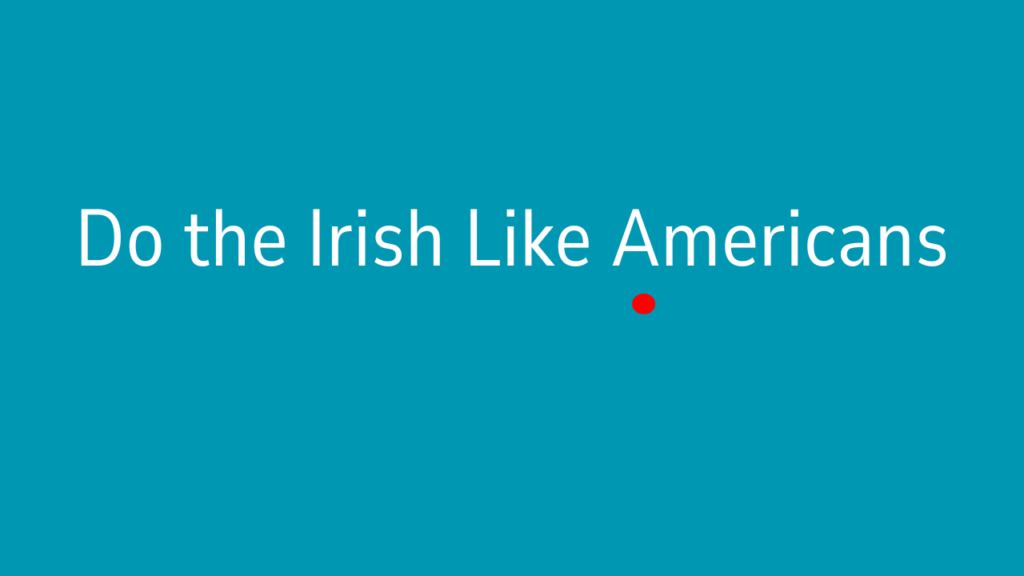Flags are a symbol of identity and pride for any nation. They represent the culture, history, and ideals of a country. The Ireland and Indian flags are two iconic symbols that tell unique stories of their respective countries. While they may seem similar in appearance to some, they are distinct in design, symbolism, and significance.
In this blog post, we will explore:
- The design and colors of the Ireland and Indian flags
- What each flag represents
- Key differences and similarities
- A comparison table for quick reference
Let’s dive into the details!
1. The Ireland Flag
The national flag of Ireland, also known as the tricolor, was officially adopted in 1919 during the Irish War of Independence.
Design and Colors:
- Shape: Rectangular with a ratio of 1:2.
- Colors (from left to right):
- Green: Represents the Catholic and nationalist tradition.
- White: Symbolizes peace and unity between the two main traditions.
- Orange: Represents the Protestant and unionist tradition.
Historical Background:
- Inspired by the French tricolor flag.
- Designed to symbolize unity between different communities in Ireland.
- First introduced in 1848 by Thomas Francis Meagher.
2. The Indian Flag
The national flag of India, also called the Tiranga, was adopted on July 22, 1947, just before India’s independence from British rule.
Design and Colors:
- Shape: Rectangular with a ratio of 2:3.
- Colors (from top to bottom):
- Saffron (Orange): Represents courage and sacrifice.
- White: Symbolizes peace, truth, and purity.
- Green: Reflects prosperity, fertility, and growth.
- Central Symbol: The Ashoka Chakra, a navy-blue wheel with 24 spokes, placed in the center of the white stripe.
Historical Background:
- Designed by Pingali Venkayya.
- The Ashoka Chakra was inspired by the Lion Capital of Ashoka and represents dharma (justice).
3. Key Similarities Between the Ireland and Indian Flags
Despite their differences, there are some common aspects between the two flags:
- Tricolor Design: Both flags use three horizontal stripes of different colors.
- White Stripe in the Middle: The white stripe in both flags represents peace and unity.
- Symbol of Unity: Both flags aim to promote harmony among diverse communities.
- Cultural Representation: The colors in each flag symbolize aspects of their nation’s cultural heritage.
4. Key Differences Between the Ireland and Indian Flags
While the flags share some similarities, their differences are much more significant:
| Feature | Ireland Flag | Indian Flag |
|---|---|---|
| Orientation | Vertical stripes | Horizontal stripes |
| Colors | Green, white, and orange | Saffron, white, and green |
| Symbol | No additional symbol | Ashoka Chakra in the center |
| Proportions | 1:2 | 2:3 |
| Meaning of Colors | Religious harmony and unity | Courage, peace, and prosperity |
| Adoption Year | 1919 | 1947 |
5. A Detailed Comparison:
Let’s look at specific aspects of both flags:
a. Colors and Their Meanings
- Ireland:
- Green symbolizes Irish Catholics and nationalists.
- Orange symbolizes Irish Protestants and unionists.
- White represents peace between the two groups.
- India:
- Saffron represents bravery and selflessness.
- White symbolizes peace and truth.
- Green signifies fertility, faith, and prosperity.
b. Central Symbol
- The Indian flag includes the Ashoka Chakra, which has 24 spokes representing dharma (righteousness).
- The Irish flag does not include any symbols.
c. Cultural and Religious Representation
- The Ireland flag focuses on religious harmony between Catholics and Protestants.
- The Indian flag emphasizes values like courage, peace, and growth, reflecting a broader cultural and philosophical outlook.
d. Orientation and Ratio
- Ireland’s flag uses vertical stripes with a 1:2 ratio.
- India’s flag has horizontal stripes with a 2:3 ratio.
6. Flag Etiquette
Both countries have specific guidelines for how their flags should be displayed:
Ireland:
- The green stripe must always be closest to the flagpole.
- Should never touch the ground or be used for decoration.
India:
- The saffron stripe must always be at the top when hoisted horizontally.
- The Ashoka Chakra must always be visible.
- Strict laws govern the proper use of the flag.
7. Fun Facts
About the Ireland Flag:
- Often confused with the Ivory Coast flag, which has the same colors but in reverse order.
- Its design reflects Ireland’s struggle for independence and unity.
About the Indian Flag:
- Each color has deep spiritual and philosophical meanings.
- The Ashoka Chakra connects modern India to its ancient heritage.
8. Why Do People Compare These Flags?
- Similar Colors: The green, white, and orange stripes create visual similarity.
- Symbolism: Both flags aim to promote unity and peace.
- Tricolor Design: Their shared use of three colors leads to comparisons.
FAQs
- Why do the Ireland and Indian flags look similar?
Both flags use a tricolor design and share the colors green, white, and orange. However, the orientation (vertical for Ireland and horizontal for India) and symbolism of the colors differ significantly. - What is the main difference between the Ireland and Indian flags?
The Ireland flag consists of vertical stripes without any symbols, while the Indian flag has horizontal stripes with the Ashoka Chakra (a blue wheel with 24 spokes) in the center of the white stripe. - What do the colors of the Ireland flag represent?
- Green: Irish Catholics and nationalists.
- White: Peace and unity between communities.
- Orange: Irish Protestants and unionists.
- What does the Ashoka Chakra on the Indian flag symbolize?
The Ashoka Chakra represents dharma (righteousness), progress, and the eternal cycle of life. It is inspired by the ancient Indian emperor Ashoka’s Lion Capital. - Are there any restrictions on using the Ireland or Indian flags?
Yes, both countries have specific rules. For example, in India, the saffron must always be at the top when hoisted horizontally, and the flag must never be used for commercial purposes. Ireland’s flag must have the green stripe closest to the flagpole when displayed vertically.
9. Conclusion
The Ireland and Indian flags are powerful symbols of their respective nations. While they may share some similarities, they represent different histories, cultures, and values.
Quick Recap:
- Ireland’s flag: Focuses on religious unity and harmony.
- India’s flag: Represents courage, peace, and prosperity with deep philosophical undertones.
By understanding the unique stories behind these flags, we can appreciate the diversity and richness of each country’s heritage.
What are your thoughts on the Ireland and Indian flags? Share your opinions in the comments below!

Hi, I’m Tanvir, the founder and author of Explore Ireland Now. With a deep love for Ireland and its rich culture, history, and landscapes, I created this site to share everything that makes this beautiful country worth exploring. Whether you’re a local looking for hidden gems or a traveler planning your next adventure, I provide insightful guides, tips, and recommendations to help you experience Ireland to the fullest.
From stunning landscapes to vibrant cities and quaint villages, Ireland is full of wonders waiting to be discovered. Through my personal experiences and research, I aim to bring you the most up-to-date information and inspiration for your journey.
Thank you for visiting Explore Ireland Now—I hope my content helps you uncover all that this incredible country has to offer! If you have any questions or need travel advice, feel free to reach out.



